Often Mis-diagnosed and left far too long!
The hip is a stable joint, reinforced by strong ligaments, and several powerful groups of muscles. It is much easier to harm the shoulder, knee, and ankle than to injure the hip. Even so, hip problems can be highly disabling.
Daily activities such as walking down stairs, and turning in bed can be uncomfortable or painful for patients with a hip problem. The hip links to the lower extremity kinetic chain, transferring ground-reaction forces from the legs to the trunk.
Some hip problems are due to trauma, while many other conditions are due to overuse or misuse. Muscle imbalance impairs the normal joint function, limiting the functional range of motion. Degenerative and pathological hip conditions can be challenging to diagnose. Many times, patients who complain of pain and discomfort in the lower back, the buttocks, or the legs can be traced to a hip condition. And conditions such as hernia or aneurysm, without an obvious hip connection, may also prompt pain in the hip or groin.
Often, hip disease manifests as pain in the groin radiating all around the thigh and the knee. In such cases, the real challenge is to ensure that the hip and thigh pain is a pathology of the hip, as opposed to intra-abdominal or retroperitoneal pain. The majority of hip conditions are related to biomechanical issues. For example, when a patient strains a knee, and has knee or ankle problems, the gait is affected, causing hip pain. A change in gait may include carrying a baby or small child on the hip. People may also complain of hip pain when they are sitting differently. Basically, asymmetry of motion can cause a hip problem.
Doctors of Chiropractic see many hip conditions develop over a period of time, such as trochanteric bursitis, recurrent muscle strains, Piriformis syndrome, and chronic degenerative changes in the hip joint (degenerative joint disease). Chiropractors have thorough knowledge of hip joint function, its involved muscles, and the adequate exercise regimen to help patients with hip problems.
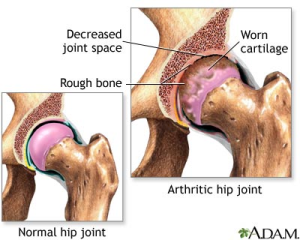 |
| If hip issues are caught early the degenerative changes can be lessened and often avoided! |
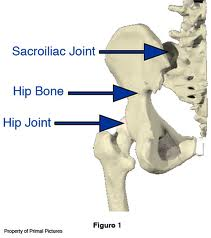 |
| The hip is closely linked to the lower back, sacro-iliac joints and tailbone and is affected by knee and foot motion as well! |
- Chiropractic adjustments – for the vertebrae, hips, and sacroiliac joints
- Physical Therapy – Emphasis on stretching and strengthening the hip rotator muscles
- Rest – Avoid the activities that cause symptoms for at least a few weeks
- Anti-Inflammatory Medication – To decrease inflammation around the tendon
- Active Release Technique – is very beneficial for the muscles, nerves, tendons, ligaments.
- Massage – A general Swedish massage is helpful
- Acupuncture – is very helpful for decreasing pain and promoting the healing response.
- Interferential current therapy – sends electrical impulses in to heal the muscle, decrease pain and reduce inflammation
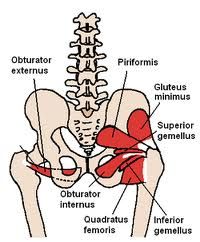 |
| There are many muscles in the hip! |


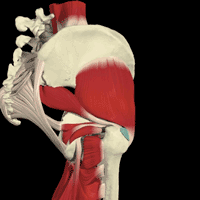
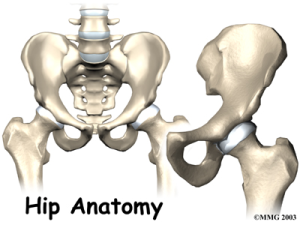
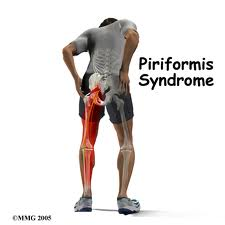
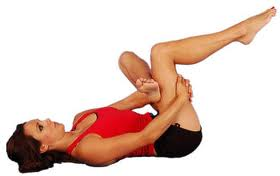

Thanks for the article, can I set it up so I receive an email sent to me when you write a fresh update?